Ginkgo Seed Propagation Guide – How To Plant Ginkgo Seeds
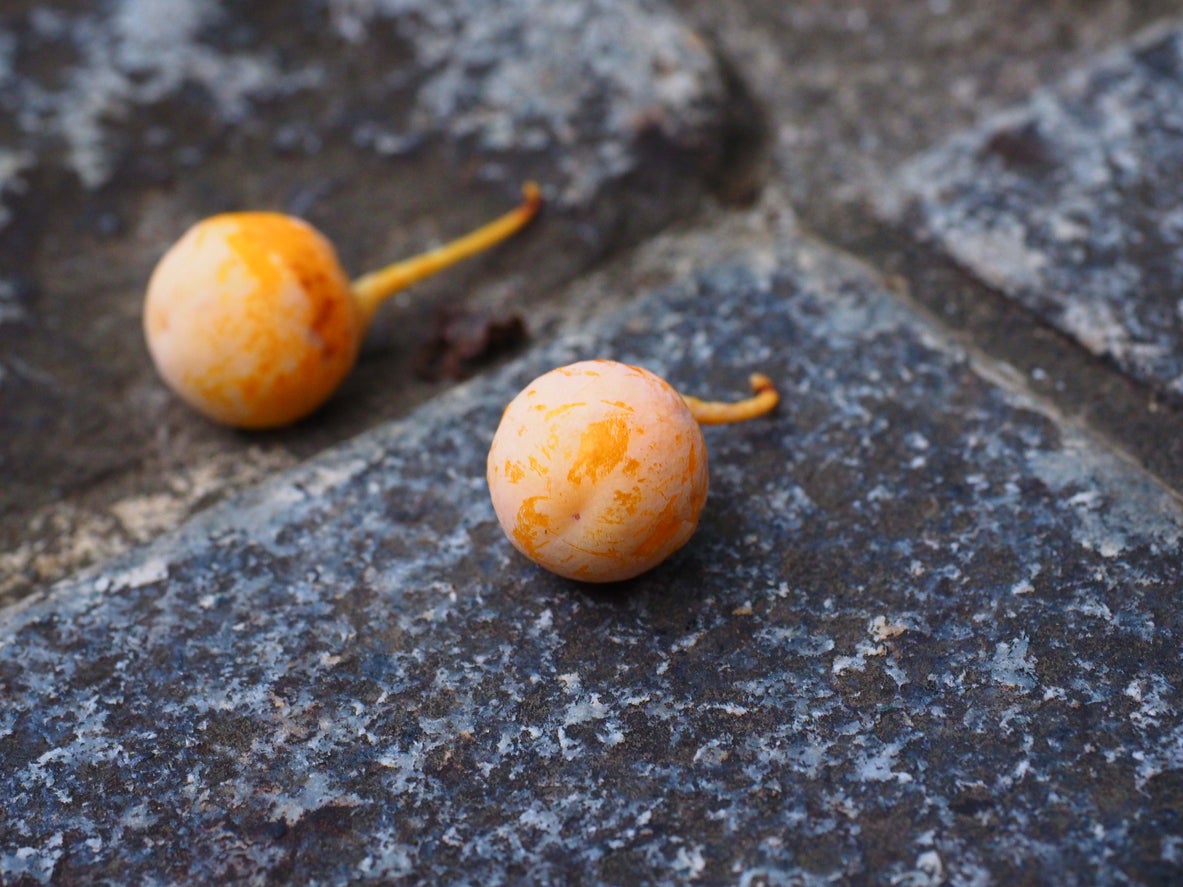

One of our oldest plant species, Ginkgo biloba can be propagated from cuttings, grafting, or seed. The first two methods result in plants much quicker, but the process of growing ginkgo trees from seed is an experience not to be missed. The trees don't technically produce a seed, but females develop fruit which are pollinated by male trees. You need to get your hands on an ovule, or naked seed, from the fruit for ginkgo seed propagation. Continue reading for tips on how to plant ginkgo seeds.
Ginkgo Seed Propagation
Ginkgo trees have elegant, unique leaves and are the source of important eastern medicine. Can you grow ginkgo trees from seed? You can, but you need to provide certain conditions to ensure germination.
First, you need to source a female plant and gather some fruit. To increase the chances of success, acquire several. They look a bit like a small yellowish plum and, when ripe, will litter the ground around a mature female tree in October to November.
Wear gloves as you pick them up because the fleshy exterior causes contact dermatitis. Overly ripe ovules will have a very bad odor but can still be used. Inside the pulpy exterior is a nut-like shell. You will need to clean off the pulp to get to this “seed.”
Place seeds in baggies with a bit of moist peat moss and store somewhere warm, but not hot, for six weeks.
Tips on Germinating Ginkgo Seeds
Ginkgo trees and their dropped fruit experience true winters where they are native. That means your seeds need to have the same cold exposure. After seeds have sat in the bags for the allotted time, move them to the refrigerator for at least three months. This stratification process will allow dormancy in the embryo to break so germination can occur. You can also moisten sand and pot up the seeds, placing the containers outside for winter.
Once the allotted time has elapsed, remove the seeds and rub them with sandpaper or an emery board. Some growers recommend soaking the seed in a 3% solution of hydrogen peroxide but this is not necessary if you use clean, sterile pots and medium.
Gardening tips, videos, info and more delivered right to your inbox!
Sign up for the Gardening Know How newsletter today and receive a free copy of our e-book "How to Grow Delicious Tomatoes".
How to Plant Ginkgo Seeds
Use either moistened horticultural sand or a sand and perlite mixture. Other recommendations are peat moss or vermiculite.
Scrub your pots and fill them with pre-moistened medium. Plant seeds shallowly, until just covered. Cover the container with a clear plastic bag and place in a warm location.
Keep the medium moderately moist. Expect germination in 30 to 60 days. Remove the bags once you see sprouts.
It can take up to 20 years for your little tree to fruit on its own, but it will make a lovely houseplant for several years before you transplant it outdoors to grow to maturity.

Bonnie Grant is a professional landscaper with a Certification in Urban Gardening. She has been gardening and writing for 15 years. A former professional chef, she has a passion for edible landscaping.
-
 4 Superfast Composting Methods: Turn Waste Into Garden Gold In 30 Days Or Less
4 Superfast Composting Methods: Turn Waste Into Garden Gold In 30 Days Or LessTry the fastest composting methods to turbocharge your pile and transform kitchen scraps and garden waste into finished compost in just a few weeks.
By Mary Ellen Ellis
-
 Best Spider Plant Soil – Complete Soil Guide And Expert Tips For Keeping Plants Happy
Best Spider Plant Soil – Complete Soil Guide And Expert Tips For Keeping Plants HappySpider plants are fun and easy plants to grow, but what is the best soil for a spider plant? Selecting the right soil is important so they can thrive.
By Bonnie L. Grant
-
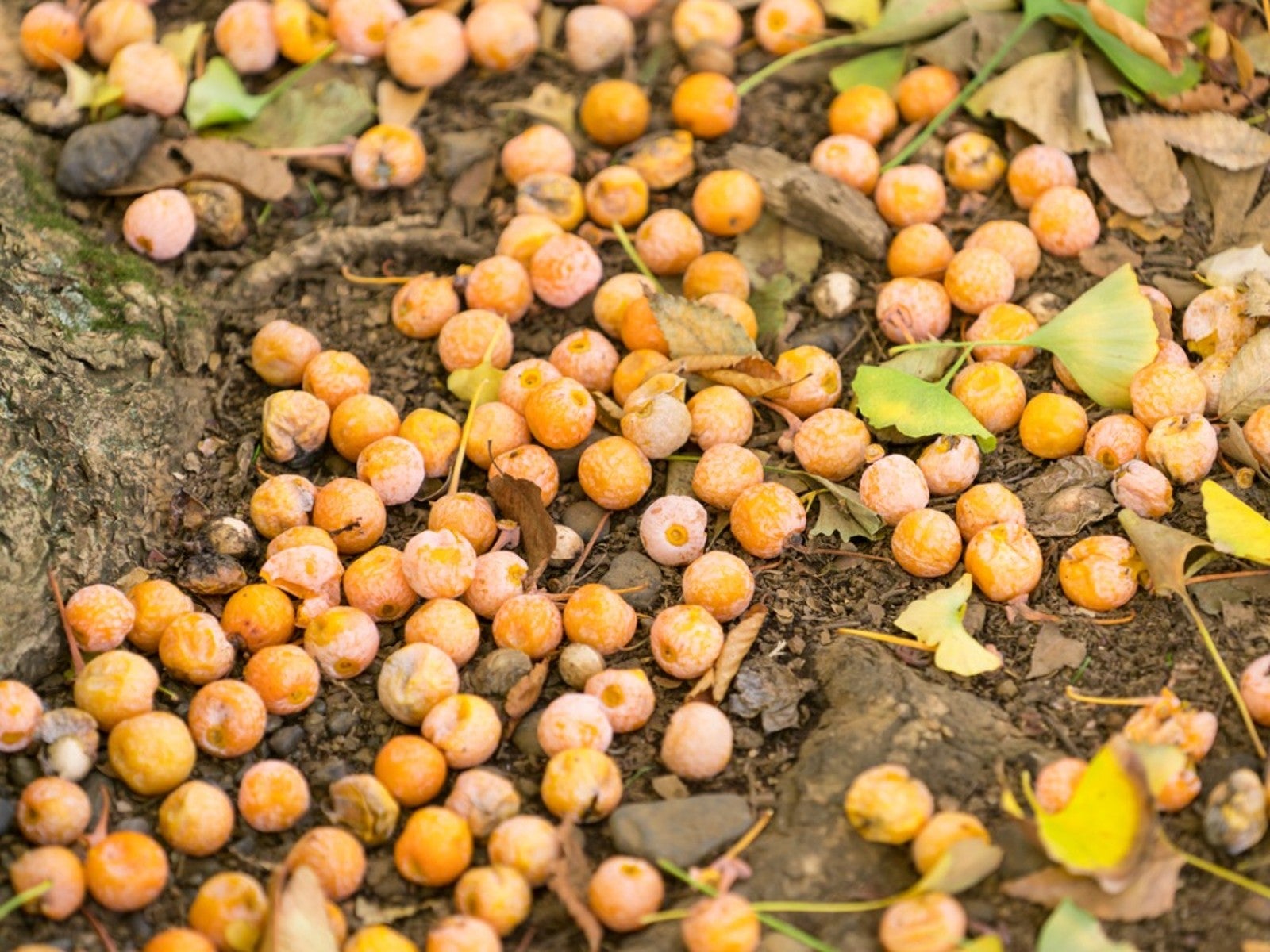 How To Get Rid Of Smelly Ginkgo Biloba Fruit
How To Get Rid Of Smelly Ginkgo Biloba FruitIt is possible to avoid the ginkgo smell with a little planning. Eliminating the odor, however, is a different story! Click here for more.
By Teo Spengler
-
 Feeding Ginkgo Trees: Learn About Ginkgo Fertilizer Needs
Feeding Ginkgo Trees: Learn About Ginkgo Fertilizer NeedsAs you might imagine, fertilizing ginkgo trees is rarely necessary and the tree is adept at managing on its own. However, you may want to feed the tree lightly if growth is slow or if leaves are pale or smaller than usual. This article will help get you started.
By Mary H. Dyer
-
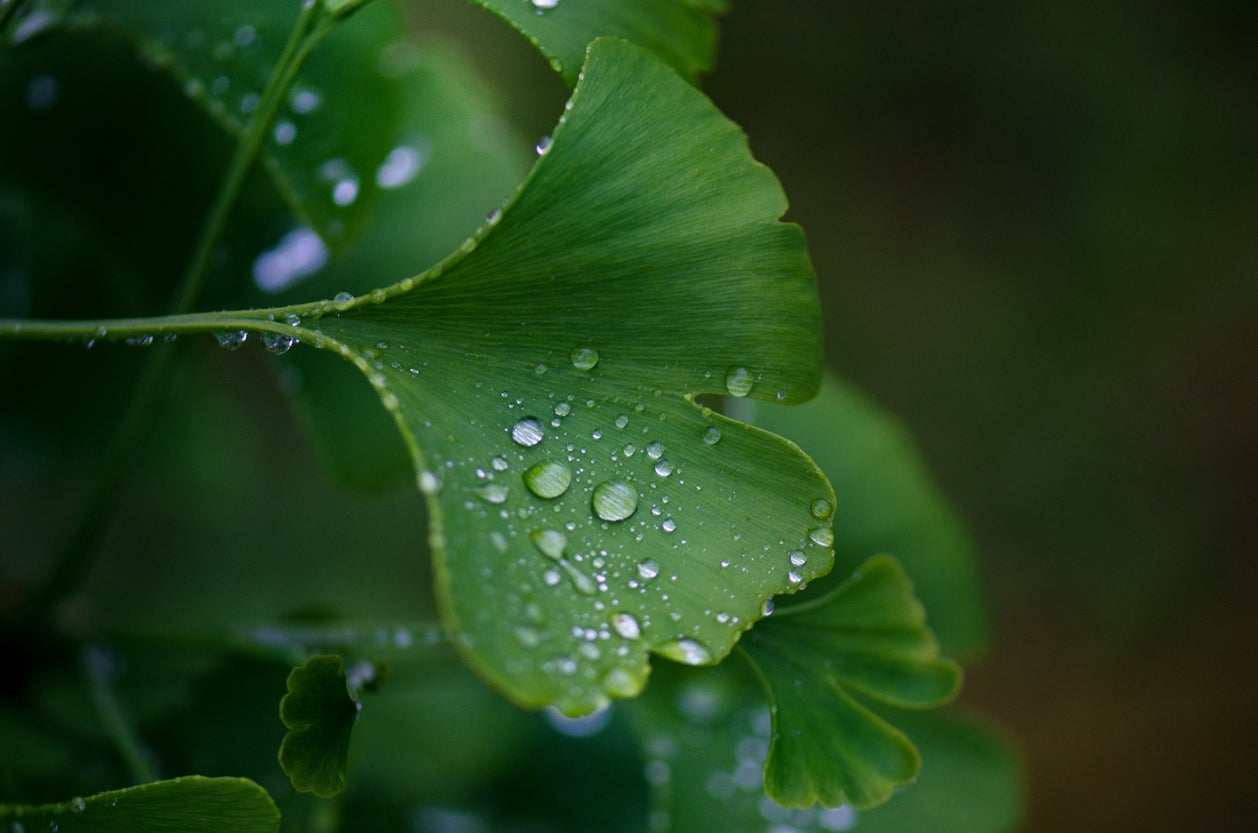 Ginkgo Water Requirements: How To Water Ginkgo Trees
Ginkgo Water Requirements: How To Water Ginkgo TreesA ginkgo tree is a lovely ornamental or shade tree in yards. Once ginkgo trees are established, they require little maintenance and care. But considering ginkgo water requirements will help you ensure the trees in your garden are healthy and thriving. Learn more here.
By Mary Ellen Ellis
-
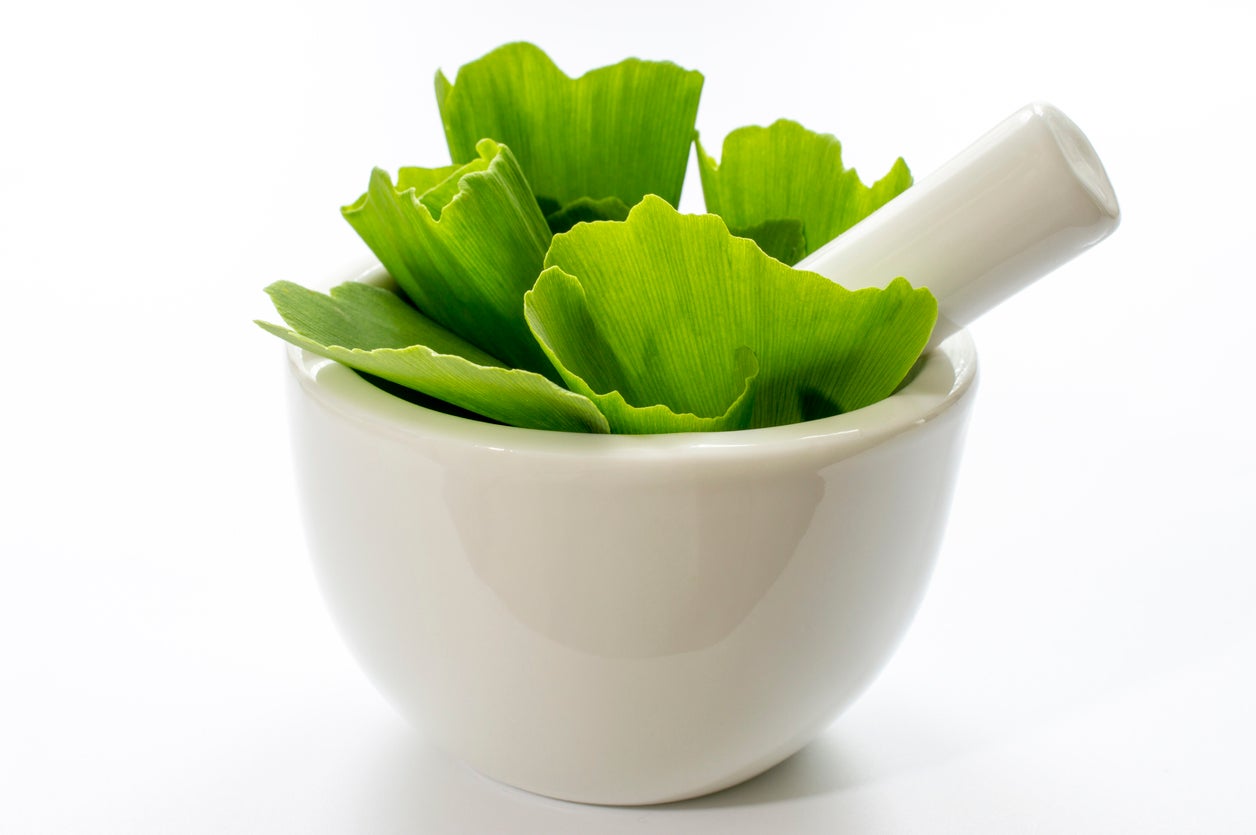 Is Ginkgo Good For You – Learn About Ginkgo Health Benefits
Is Ginkgo Good For You – Learn About Ginkgo Health BenefitsMedicinal ginkgo has been in use for at least 5,000 years and probably even longer. Modern ginkgo health benefits target memory and prevent certain signs of brain aging, but there are more historical uses for the plant. Learn what they are in this article.
By Bonnie L. Grant
-
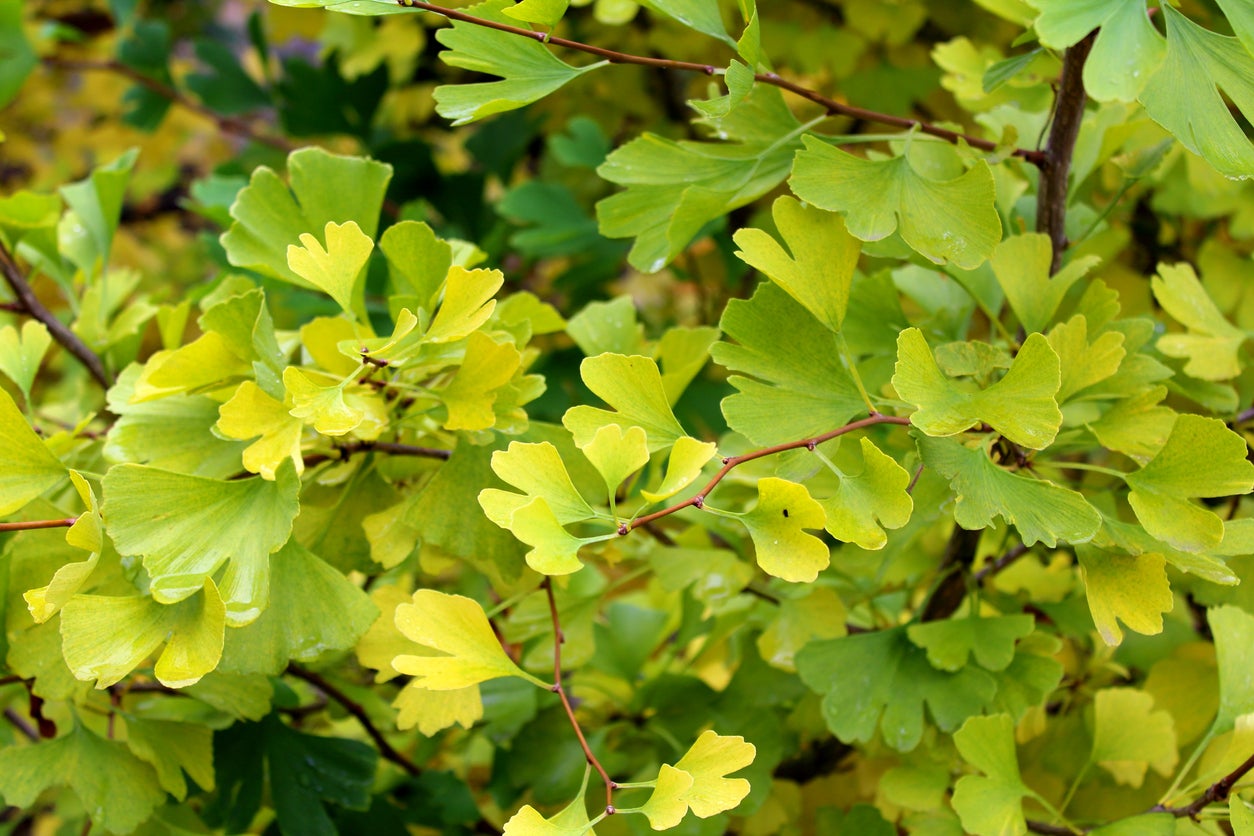 Managing Sick Ginkgo Trees: How To Control Diseases Of Ginkgo Trees
Managing Sick Ginkgo Trees: How To Control Diseases Of Ginkgo TreesGiven how long the ginkgo trees have survived on the planet, it won’t surprise you to learn that they are generally strong and healthy. Still, ginkgo tree diseases do exist. Click here for information about the diseases of ginkgo with tips for managing sick ginkgo trees.
By Teo Spengler
-
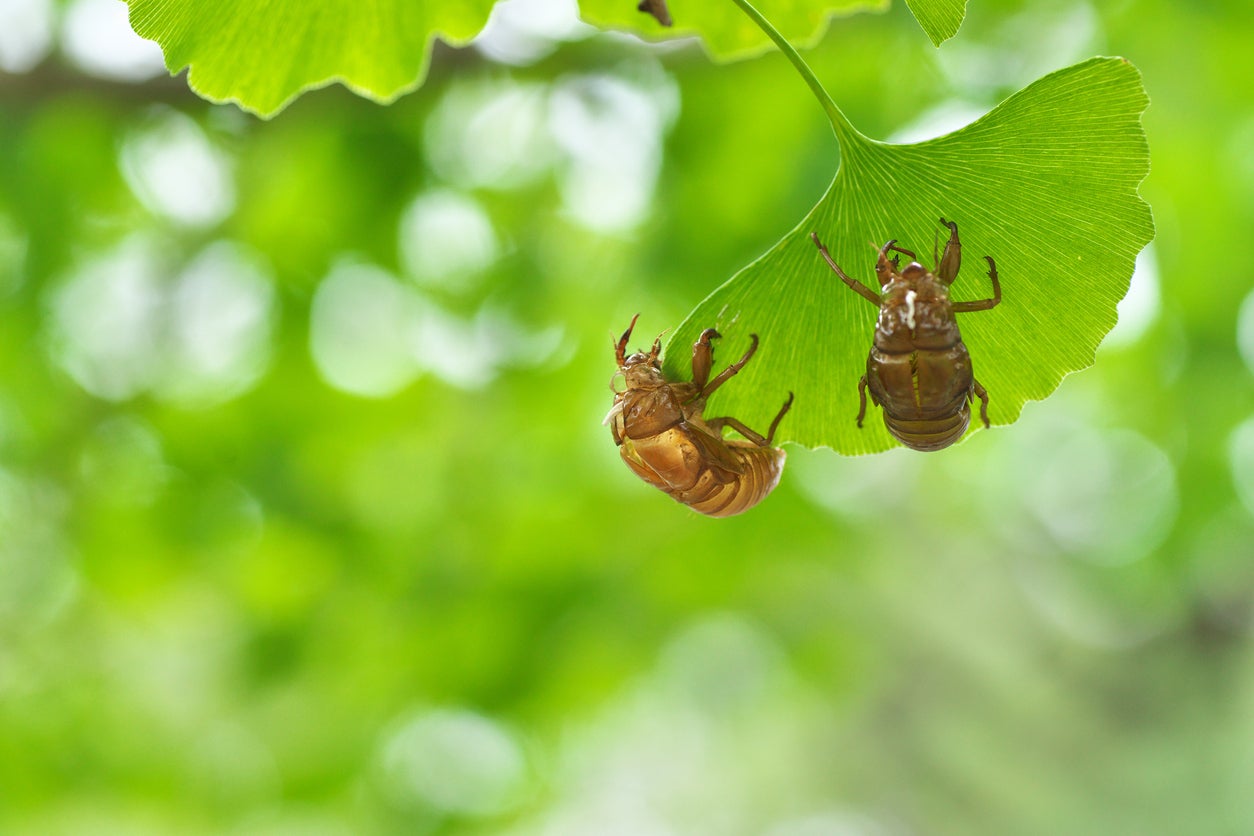 Ginkgo Insect Problems: Are Pests On Ginkgo Trees Serious
Ginkgo Insect Problems: Are Pests On Ginkgo Trees SeriousEven though there are very few bugs that prey on ginkgo trees, that doesn’t mean the species doesn’t have its share of ginkgo insect problems. So what kinds of ginkgo pests might be found on the tree? Click on the following article to learn more.
By Amy Grant
-
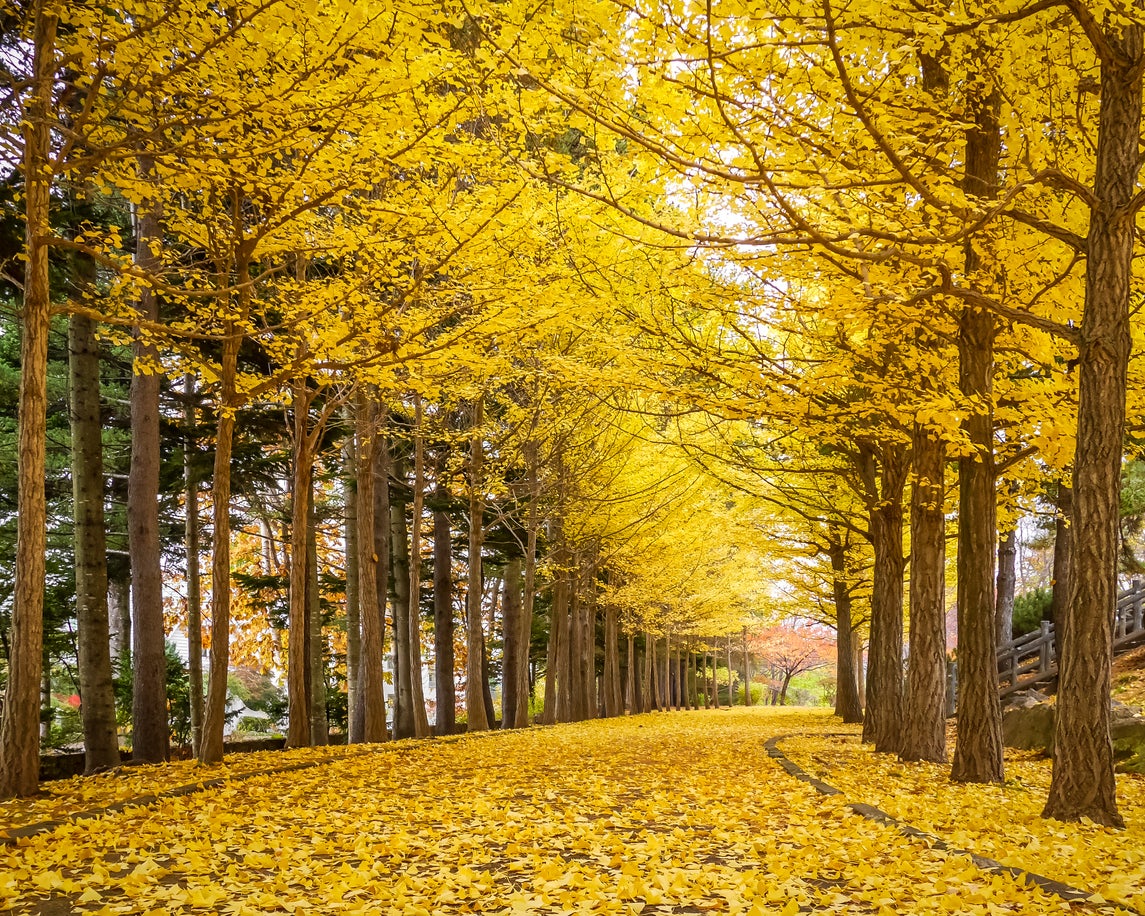 Common Ginkgo Cultivars: How Many Kinds Of Ginkgo Are There
Common Ginkgo Cultivars: How Many Kinds Of Ginkgo Are ThereGinkgo trees are unique in that they are living fossils, largely unchanged for nearly 200 million years. In the landscape, different kinds of ginkgo can be big shade trees and attractive ornamental additions to gardens. Learn about different varieties in this article.
By Mary Ellen Ellis
-
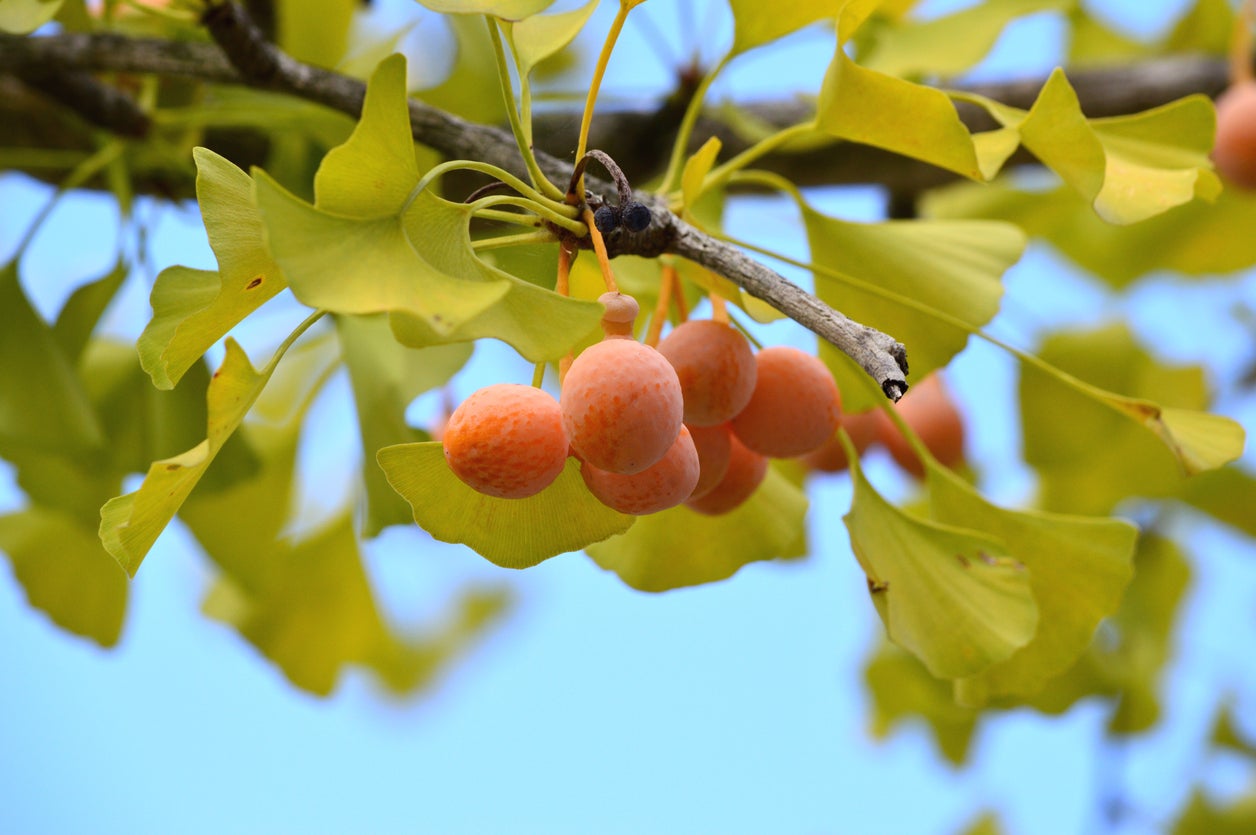 Eating Ginkgo Nuts: Information About The Fruits Of Ginkgo Trees
Eating Ginkgo Nuts: Information About The Fruits Of Ginkgo TreesGinkgo biloba has made something of a name for itself as a restorative for memory loss is extracted from the dried leaves. Ginkgo also produces rather odoriferous fruit. Stinky the fruit may be, but can you eat ginkgo fruit? Click this article to find out.
By Amy Grant